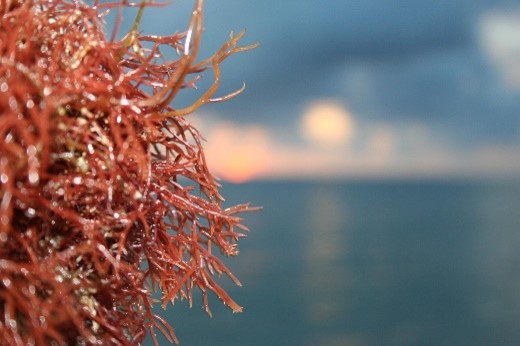German farmer Mr Frank Spörner uses Mineral Inducer Process technology to boost soil’s life and thus soil’s fertility and plant nutrition.
Producing more without using more arable space. Is this possible in a context of continuous climate change? Discussion around groundwater, erosion and fertilizer regulations is more intense and present than ever among plant professionals. And farmers, as it could not be otherwise, are looking for new ways.
This is the case of Mr Frank Spörner, a farmer from Bettenfeld, a German municipality in the west part of the country, who 8 years ago changed its strategy to adapt to a whole new era of agricultural production by using natural and respectful solutions towards better efficiency, quality and economic performance. Decided to take soil fertility to the next level, Mr Spörner bet on Olmix Plant Care programs for an Integrated Plant Care Management, more particularly on the soil conditioner Geo2.
During all this time, the use of this microbial biomass activator led Mr Spörner to successful and outstading results in the soil: he has managed to get better stimulation of soil microflora and enzymatic activity, better humification of organic matter, as well as development of the clay-humic complex, an improved soil structure and rooting development.
The success of this method was recently shared at the Large Soil Profile Day that Olmix Group and its agricultural partner Hagra AG, from Marktbergel, organized last summer in Rothenburg ob der Tauber, Germany.

Large Soil Profile Day.

Large Soil Profile Day.
In this context, Ulrich Zinsser, Soil Specialist from Olmix, gave an overview about both profiles with great dedication and explained their main differences, composition and current situation:
“Air, water and, above all, soil life, are the prerequisites for soil development and plant growth. The new Olmix fertilizer systems change and improve the soil microbiology and soil structure, the humus content and thus the plant growth. If we have a look at the “Olmix pit”, it is clear the humus layer experienced a 10 cm growth and also increased flowing transitions of the soil layers in 40 and 80 cm depth. As for the other one, it was clear that scarce water in 2019 could have been better kept within a more porous soil. The excavator in charge of both pits confirmed this, since the one treated with the Olmix’s program presented a much better and appropriate structure”.
Mr Spörner: “I am really satisfied with the development of my field: All yields are right – more than 9 tons/ha of winter barley this year as well -, there is no more water-logging and tillage is much easier.”
Visitors were impressed by the different profile pits and got to know about the complexity and impact of soil life to soil fertility and plant nutrition.

Large Soil Profile Day.




